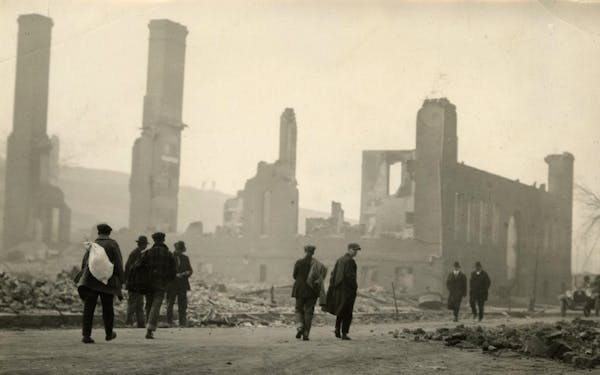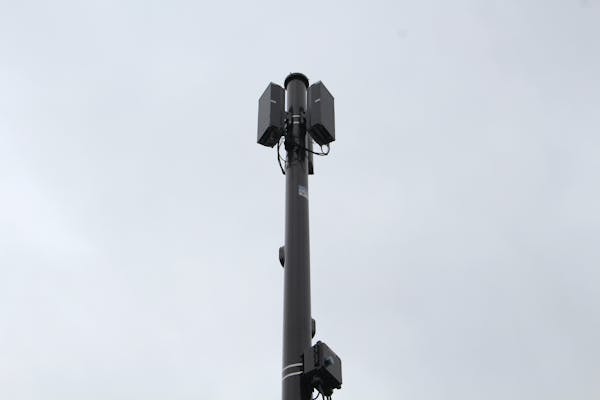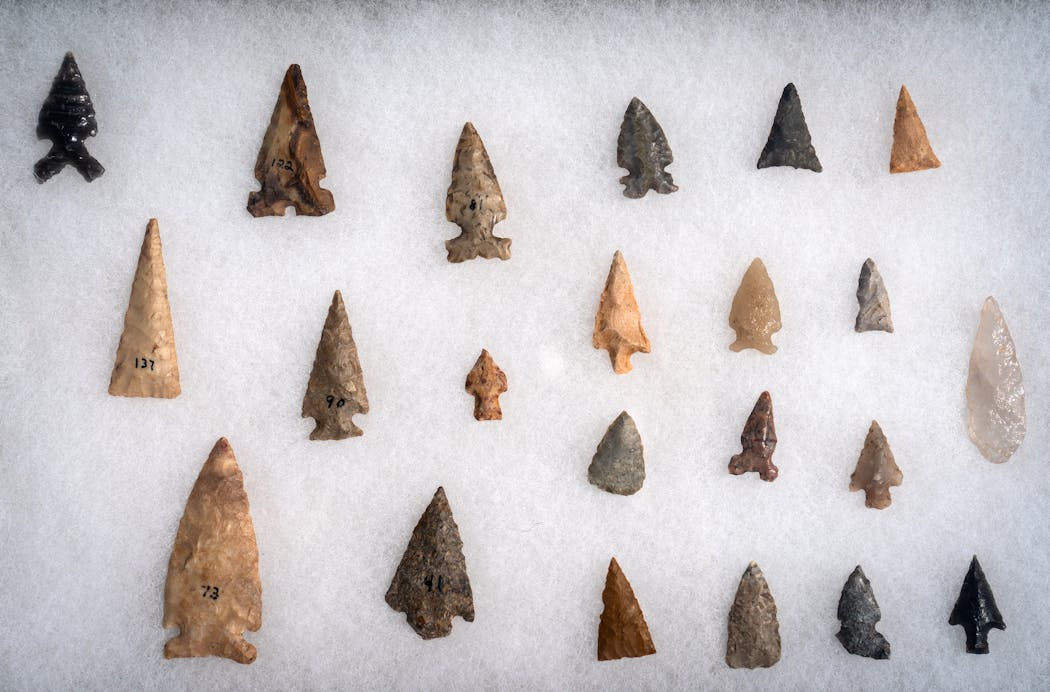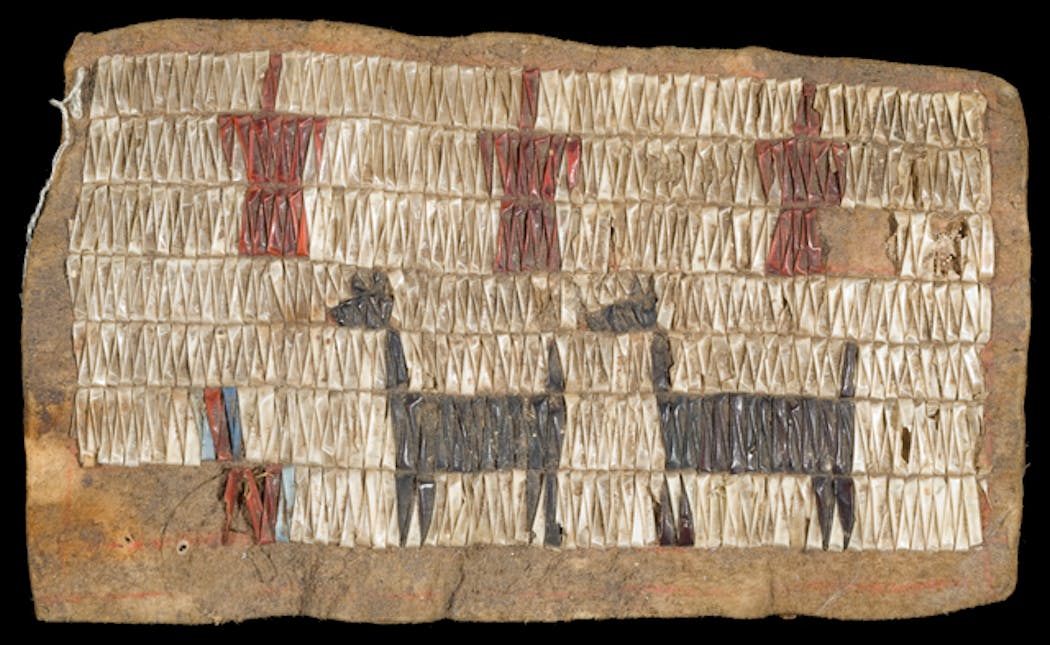Which Indigenous tribes first called Minnesota home?
Listen and subscribe to our podcast: Via Apple Podcasts | Spotify | Stitcher
Minnesota was home to Native American communities for thousands of years before white people committed genocidal acts and drove many tribes out of the state or onto reservations.
Jeffry Morehouse of Watertown wanted to know more about which Indian tribes inhabited Minnesota before whites arrived. He sought answers from Curious Minnesota, a Star Tribune community reporting project fueled by great questions about our state.
"Government agents cheated them out of stuff, and killed them too. And that isn't right," Morehouse said. "I have a lot of empathy for the Native Americans."
The earliest identifiable tribe in Minnesota based on archaeological evidence is the Dakota, who began living here around the year 1000 AD. This was followed by the arrival of the Ojibwe in the mid-1700s. But archaeologists and historians believe Indigenous people began living in Minnesota as far back as 13,000 years ago, when the glaciers started to recede.
"A lot of tribes have history tied to this place," says Kate Beane, director of Native American Initiatives for the Minnesota Historical Society.
Evidence of earliest residents
The oldest remains of a human who lived in Minnesota — and one of the oldest found anywhere in the United States — is known as Browns Valley Man. His skeleton was uncovered along with a stone tool in a western Minnesota gravel pit in 1933. He is believed to have lived about 10,000 years ago.
The man's tribal affiliation is not known, said Anton Treuer, a professor of Ojibwe at Bemidji State University and the author of numerous books on Native Americans.
Two years earlier, a skeleton that became known as Minnesota Woman was discovered near Pelican Rapids in west-central Minnesota. Radiocarbon dating puts her age about 8,000 years old. Both skeletons have since been reburied by Dakota tribes.
Ancient drawings have also survived. A collection of rock carvings in southwestern Minnesota, known as the Jeffers Petroglyphs, is one of the most extensive sites of its kind in the world, said former state archaeologist Scott Anfinson.
"The meaning of some [of the drawings] are unexplainable," Anfinson said. "There are a lot of hunting scenes." Artifacts depicted, such as spearpoints, would suggest the petroglyphs are at least 5,000 years old, he said.
Pottery discovered around burial sites near Lake Mille Lacs indicate the Dakota people were in Minnesota at least 1,000 years ago, Anfinson said. "They may have been here longer, we just don't have the scientific evidence for it," he said.
Archaeologists quit intentionally excavating Native American burial sites in Minnesota in the early 1970s, and rightfully so, after being accused of desecrating the sites, Anfinson said. Now when sites are accidentally disturbed by construction, archaeologists examine them in cooperation with the Minnesota Indian Affairs Council.
Origins of the Dakota
The oral traditions of the Dakota people say that the Dakota originated in Minnesota.
"Our spirits came from the Creator down the Cancu Wanagi, the 'spirit road,' more commonly known as the Milky Way," according to the book "Mni Sota Makoce: The Land of the Dakota," authored by Gwen Westerman and Bruce White.
The creation story states that the Dakota originated where the Minnesota and Mississippi Rivers come together, at what became Fort Snelling, according to Beane of the Historical Society.
"Two bluffs were formed from the earth ..." Westerman and White wrote. "The earth opened herself in that way, and from the mud the Creator made the first Dakota man and woman."
Beane said that a second version of the creation story states the Dakota originated at Lake Mille Lacs.
When French people first made contact with the Dakota in the late 1600s, they were centered in the Lake Mille Lacs area, Anfinson said. He said the Dakota were subsequently forced out of the Lake Mille Lacs area by the Ojibwe and headed south and west.
The new heartland of the Dakota became the Mississippi River-Minnesota River junction, known to the Dakota as Bdote and to the non-Dakota as Mendota, Anfinson said.
"Of the many tribes that likely called Minnesota home, the Dakota emerged as the dominant group a thousand years ago," Treuer said.
The Ojibwe arrive
Exactly when the Ojibwe started to arrive in Minnesota is unclear, Anfinson said. "But certainly by 1750 there were major groups of Ojibwe in northeastern Minnesota."
The Ojibwe lived on the Atlantic coast up to 2,000 years ago, before migrating up the St. Lawrence River over hundreds of years, Treuer said. By the time they reached northern Minnesota they were distinct from 29 other tribes in the Algonquin language family, he said.
They had reached Sault Ste. Marie in Michigan by 1600, Madeline Island in Wisconsin by 1650 and Fond du Lac and Lake Mille Lacs in Minnesota by 1745, Treuer said.
There were numerous battles and skirmishes between the Ojibwe and Dakota, Anfinson said. "There were casualties on both sides and it was very bitter," he said.
But the Dakota and Ojibwe were not the only tribes that lived in this area.
Members of the Ho-Chunk Tribe, also known as the Winnebago, lived in Minnesota. That tribe is now located in western Wisconsin and Nebraska.
The oral traditions of the Cheyenne Tribe, now located in Montana and Oklahoma, says they originally came from Minnesota before moving west into the Great Plains, Anfinson said. They probably lived here before 1700, he said.
The Ioway Tribe historically lived along the southern border with Iowa, said historian Bruce White. On the northern border, the Cree and Assiniboine also called Minnesota home, Treuer said.
If you'd like to submit a Curious Minnesota question, fill out the form below:
Read more Curious Minnesota stories:
How did Minnesota's indigenous people survive the extreme winters?
Did modern Minnesota roads evolve from Native American trails?
When did wild bison disappear from Minnesota?
After Lake Calhoun, what about other place names with racist roots?
What does ski-u-mah mean and how are you supposed to pronounce it?
Is Minnesota's tiny Lake Itasca the true source of the Mississippi River?






